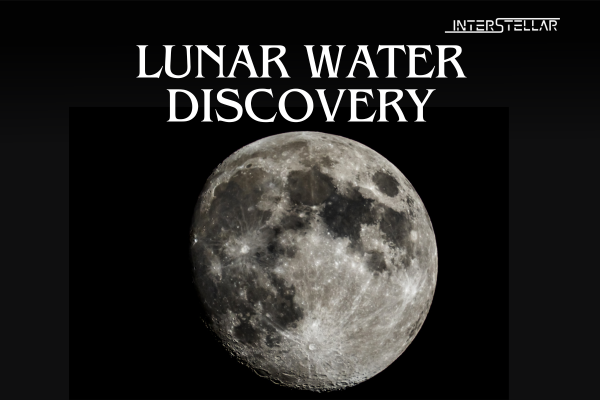Chinese Lunar Probe Discovers Molecular Water in Moon Soil
Chinese scientists have made a groundbreaking discovery in the soil samples brought back by their lunar probe: water in its molecular form, H2O, along with minerals. This marks the first time molecular water has been found in physical samples from the moon, particularly from a region previously thought incapable of supporting water in this form.
A Historic Find on the Moon
The discovery of water on the moon is not entirely new. NASA and Indian spacecraft have previously detected what they believed to be water on the moon’s surface. Additionally, Chinese scientists last year found water trapped in glass beads scattered across the moon. However, this new finding is significant because it is the first time that molecular water, H2O, has been retrieved from physical samples.
Researchers examined samples collected by China’s Chang’e-5 probe, which landed on the moon in 2020. They found a “prismatic, plate-like transparent crystal” called ULM-1, an unknown lunar mineral. According to the study published on July 16 in Nature Astronomy, ULM-1 crystals (chemical formula (NH4)MgCl3·6H2O) are composed of about 41% water, with ammonia stabilizing the water molecules despite the moon’s extreme temperature fluctuations.
Implications for Lunar Exploration
The presence of molecular water in these samples suggests potential resources for future lunar habitation. This discovery could be pivotal for China’s ambitions to establish a research base on the moon and enhance our understanding of lunar geology. The finding has been met with excitement on Chinese social media, with many viewing it as a source of national pride.
David A. Kring, principal scientist at the Lunar and Planetary Institute in Texas, noted the significance of discovering a hydrated mineral at the Chang’e-5 landing site. It enhances our understanding of rock-vapor reactions in the lunar crust and on the surface.
Challenges and Future Prospects
The discovery of molecular water, especially in a middle-latitude region of the moon, where it was previously thought unstable, presents new opportunities. Yuqi Qian, a planetary geologist at the University of Hong Kong, explained that the samples’ location at 43.1 degrees latitude is typically too warm for molecular water to be stable. However, the presence of ammonium in the samples acts as a stabilizer.
This discovery aligns with NASA’s 2020 findings from the SOFIA telescope, which detected water on the lunar surface. However, NASA couldn’t verify these findings with physical samples or explain how the water remained on the hot surface.
Qian believes this new mechanism could make extracting molecular water from lunar soils possible. However, Kring cautioned that although the sample was collected from a mid-latitude area, its formation location remains unclear due to impact processes redistributing rock across the lunar surface.
China’s Space Ambitions and Global Context
Many countries, including the US, are increasingly interested in lunar exploration for its scientific and strategic benefits. China has made significant strides in its space program, reflecting President Xi Jinping’s vision of becoming a space power. Since achieving a robotic lunar landing in 2013 and landing on the moon’s far side in 2019, China has continued to advance its space capabilities.
China aims to land astronauts on the moon by 2030 and build a research base at its south pole. Understanding how water is stored on the moon could help future astronauts find resources for drinking water or rocket fuel.
While China’s advancements have caught NASA’s attention, collaborations have been limited by the Wolf Amendment, which restricts NASA from working with Chinese counterparts due to espionage concerns. However, China has opened access to the Chang’e-5 samples to the international community, and NASA is currently reviewing this arrangement to ensure compliance with US law.
Chinese social media users have celebrated these scientific achievements, viewing them as evidence of the nation’s technological prowess. Some have called for greater international cooperation, recognizing the value of shared scientific progress.





